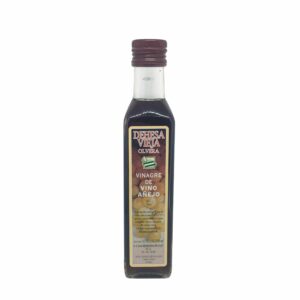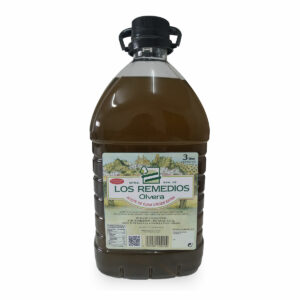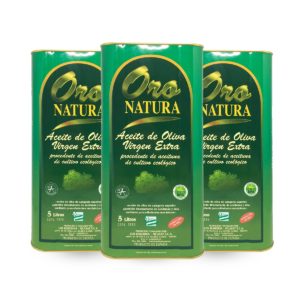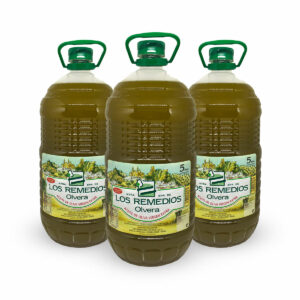CRITICAL POINTS IN THE FEED CONSUMPTION OF THE SHEEP-GOATS
Let's now review our main livestock species and production systems, and let's see what are our main critical points of consumption of antibiotics and drugs in general.
SHEEP SECTOR. In our sheep meat sector in general, based on farms that graze large areas of land in a fairly extensive production system, it is very rare to use antibiotics. Let's see the critical points for its consumption:
a- Diarrhea of lambs at birth
b- Stay of the lambs in the feedlot
c- Sheep mammis
DIARRHEA OF THE LAMBS
The Lambs, from birth to weaning they suffer from various pathologies, but diarrhea is perhaps the most important. In animals less than 20 days is caused mostly by germs (E.Coli, Clostridios) and by parasites (cryptosporidia). But the presence of these agents alone is not enough, there are very important predisposing factors that favor or slow down the appearance of problems. These factors are:
– Lambs weight at birth. At greater weight, less problems. For this reason, it is essential to provide adequate nutrition to the needs in 30 days before delivery, especially in deliveries that are not in spring.
– Lambs immunity. The mother transfers defenses to the lambs in the colostrum, but for this to happen they must be well fed previously so that the defensive antibodies really pass to the offspring.
– Hygiene of the delivery area. A clean birthing area is essential, dry, with abundant bedding and where everything is practiced inside-everything outside in the different delivery batches.
Diarrhea must be well diagnosed because, for example, although E. Coli and Clostridium should be treated with sensitive antibiotics according to the antibiogram, Cryptosporidia do not respond to them and do to some coccidiostat such as halofuginone.
There are vaccines against E. Coli that help improve the goat's immunity against E.. Coli.
In lambs over 20 days the diarrhea is usually due to Coccidia, an insidious parasite that affects the small intestine and whose infection causes weakness and bad fur. How the parasite lives in the intestine, is eliminated in the feces, and lambs get infected by licking and sucking the ground, the straw, the feeders, etc.
Treatment should be:
– Hygienic: clean up, take out the bed, throw clean straw, with high frequency, to avoid reinfection of animals. Have low density of lambs, and the more they are outdoors the better.
– Medicines. There is a wide range of products: Baycox, Rumicox, can be given by mouth at strategic times. In feed there is also a drug that allows its effective control
LAMB STAY IN LOS CEBADEROS
During the stay of the lambs in the feedlot, the use of antibiotics in feed or water to fight respiratory diseases is much more frequent, that suppose the main scourge. In order not to have so much dependence on the use of drugs in the feedlot, let's see some points that we can reinforce to have fewer problems:
– It would be very interesting to vaccinate mothers against Pasterela, this will reduce the infection pressure on the lambs.
– That the sheep know how to eat when they are taken to the feedlot. When a lamb arrives at a feedlot it undergoes significant stress. Change the site, Brothers, Water, he think. All this causes the animals to become immunosuppressed and to become ill easily due to the bacteria present in their respiratory system.. The infection consumes a lot of energy and a lot of nutrients, so our animal becomes seriously ill. But if in addition to all that when the animal enters the feedlot, it does not know how to eat, I think the previous problem is multiplied 10. The losses in those lots can reach figures as high as 20-30-40 % of the total. However in well adapted lambs, eating i think, vaccinated and with an average high weight greater than 16-18 kilos the losses should not exceed the 2-3 %.
SHEEP MAMITIS
More and more farmers are complaining about the presence of sheep that raise their lambs poorly. In most cases this occurs due to mastitis problems.. These udder infections can be clinical: when they are visible to the farmer, that detects the inflamed udder, altered milk; the subclinics: when they are not visible to the farmer, although the udder does not produce the milk it should produce. In these cases the ideal is, first, detect sheep with subclinical mastitis, by using the California Test, and send samples to the laboratory to look for the causative germ and sensitivity to antibiotics. On the other hand, there are several vaccines to control the main pathogens that cause subclinical and clinical mastitis..
GOAT SECTOR
Our dairy goat sector is generally based on semi-intensive farms that graze large areas of land., and also in a high percentage in very intensive landless farms. A lot of drugs are often used with goats, since they are exploited at very intensive levels of production. Let's look at the critical points for the consumption of antibiotics:
a- Diarrhea of kids at birth
b- Pneumonia in recreation
c- Goat mammitis
d- Other problems in adult goats.
DIARRHEA OF KIDS AT BIRTH
The problem is the same as in sheep.






